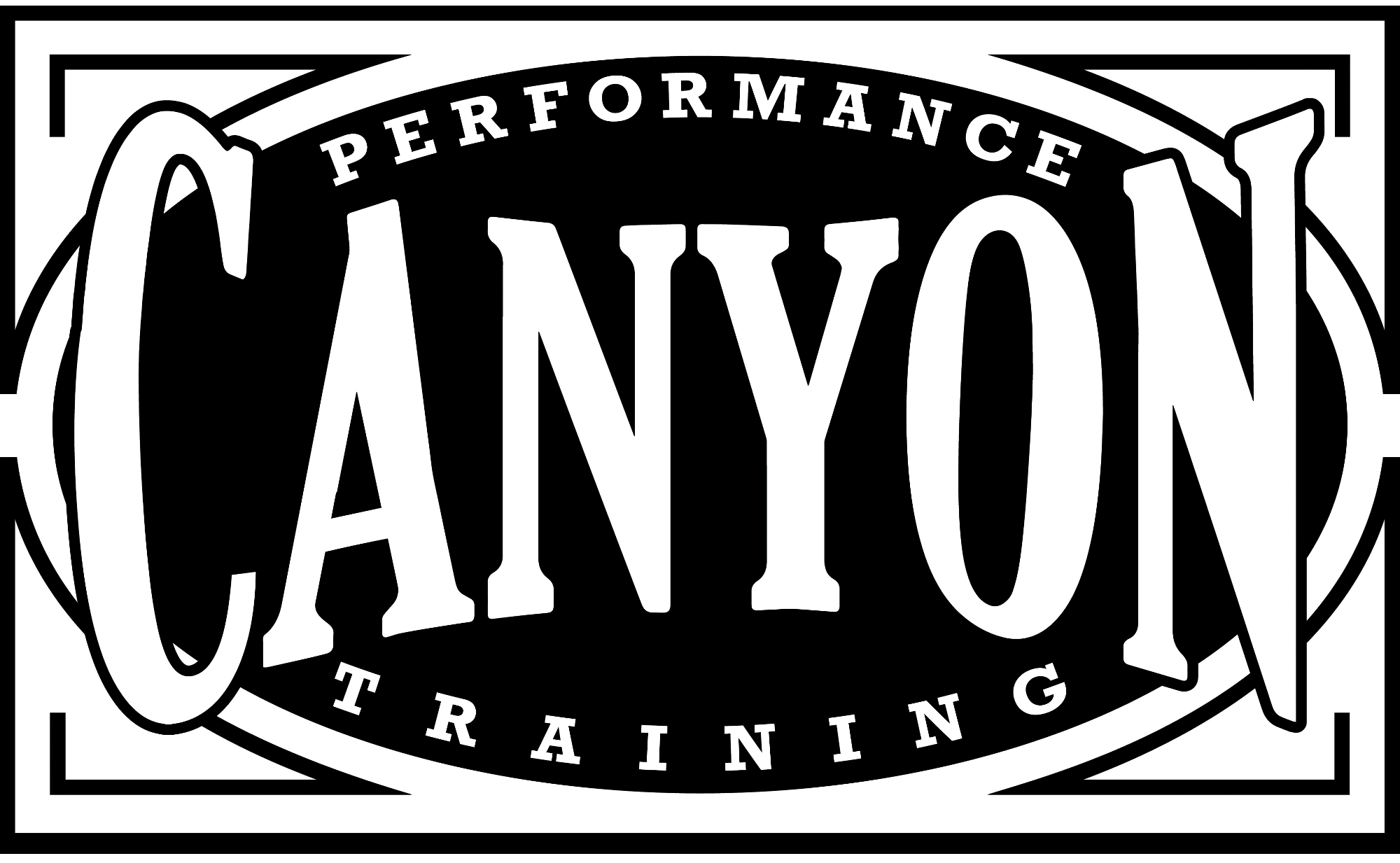 In many training rooms, athletes get high praise for hitting a high one-rep max, often in competition with others where a leaderboard is posted prominently for all to see. Such an artificial record is meaningless when it comes to actual success in a sport. It can distract from the broader training required, or even practicing the sport, and it can put the athlete at high risk of injury.
In many training rooms, athletes get high praise for hitting a high one-rep max, often in competition with others where a leaderboard is posted prominently for all to see. Such an artificial record is meaningless when it comes to actual success in a sport. It can distract from the broader training required, or even practicing the sport, and it can put the athlete at high risk of injury.
Stop Doing the 1-Rep Max Test Exercise
Excessive attention to the one-rep max number fosters a mindset akin to “teaching to the test” in a classroom where standardized exam scores are a prominent measure of success. The energy poured into increasing one’s score with frequent practice likely will boost the number – but it won’t indicate the qualities needed for real play. The repetition is actually improving the body’s muscle memory for performing that single task – a task that is hardly likely to show up in any game. Also, the repetition can become boring, leading athletes not to attend training. More diverse activities can boost attendance as well as performance. Athletes should do a series of related exercises and then come back to the test exercise to measure true overall improvement.
Track Relative Improvement vs Absolute Weight
As a coach I am much less concerned about an athlete’s 1 Rep Max and much more concerned with improvement in over-all athleticism. Let’s assume we want to measure an athlete’s 1 Rep Max on bench press. If you stop teaching to the test and do, for example, incline dumbbell press for 4 weeks, and the athlete’s 1-Rep Max for bench goes up by 5% then we know the athlete is stronger overall, not just better at bench press. Now the leaderboard can track who is IMPROVING the most over a given period of time and more likely represent improvement on the field.
Shift the Focus to Form
The risk of injury with 1 Rep Max arises because the body, faced with a 300-pound weight on its chest, will do whatever it takes to remove the weight in the moment, without consideration for long-term effects. When that means breaking the proper form, muscles and joints can be damaged. The high score on the weight room bulletin board is not worth it. Instead, only count bench press reps done with the back flat on the bench, the elbows flexing to 90 degrees at the bottom of the exercise and a controlled motion throughout the rep. This will also emphasize important in-sport coaching points such as attention to detail and discipline under stress.
It is important to remember the sports performance program is in place to support a particular sport, not BE the sport. Coaches and athletes should use practical, transferable tests and measures to gauge improvement and athleticism. Have you tried any unique ways to test improvement in the weight room? What was the result? And please remember to subscribe to receive updates. We are well on our way to 50 subscribers.

